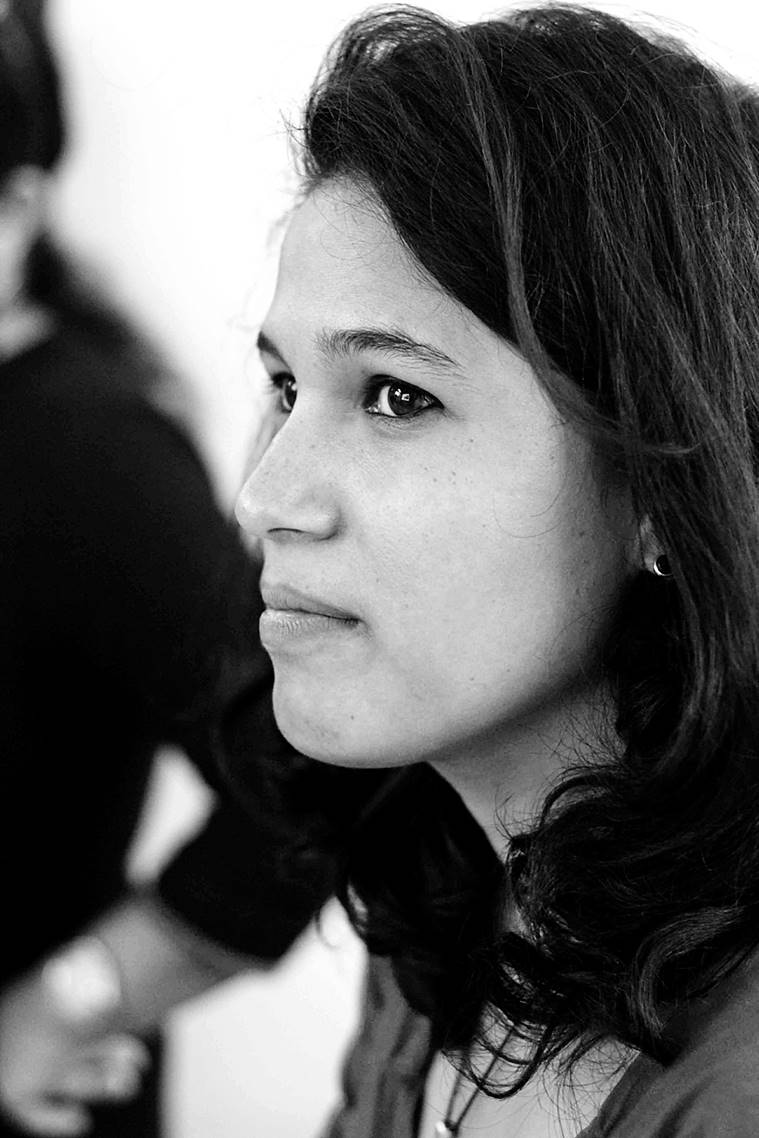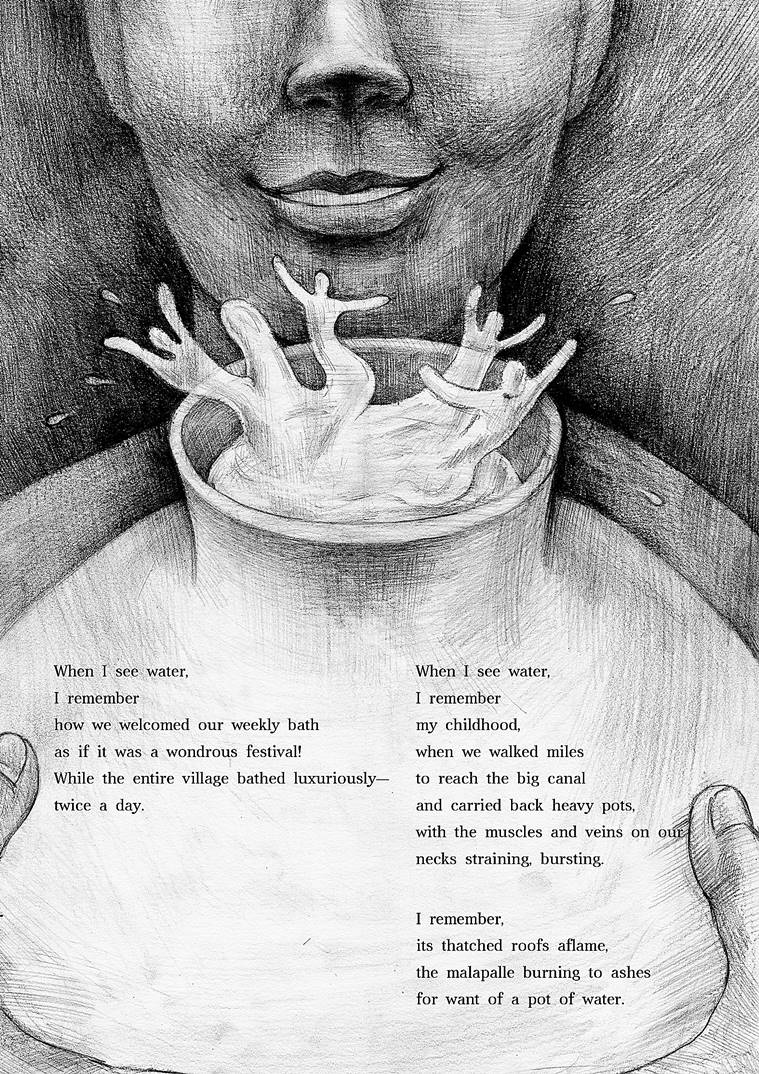Inside Out
A research into exclusion and discrimination is presented through a graphic novel, First Hand II

Vidyun Sabhaney
Giving a spin to an otherwise academic study, the second volume of First Hand (Rs 695, Yoda Press), explores the issues in the Centre for Equity Studies’ India Exclusion Report (2015-16), in a graphic narrative format. The stories, based on ground research and secondary sources, study how exclusion is experienced while accessing public goods, healthcare and water sanitation, among others, by communities such as the Devadasis and Jarawa tribe in the Andamans. The anthology has been edited by Vidyun Sabhaney, a Delhi-based writer and illustrator, who also runs Captain Bijli Comics. Excerpts from an interview:
How did this book change your perspective on the topics it explores?
The process gave me a stronger understanding of how government policy and programmes affect the lives of people. We are all aware of the fault lines of caste, gender-based discrimination, communalism and economic disparity, to name a just few. But, it is also important to understand how it manifests differently in each case. The absence of the State in relief and rehabilitation in Bodoland, for instance, results in exclusion but its presence in the Andaman Islands also results in exclusion. Through the process of interpreting this graphically, I found that each of these was actually the result of systems and histories of marginalisation that the state has had a big role in exacerbating through ill-conceived policy.
What is the process of converting an academic report into a graphic novel?
One has to understand the original report, which comes with a vast amount of data, case studies and research. Thereafter, one reads related secondary material – this could be fictional or non-fictional in nature but it must give a sense of the experiences of people who have lived this. The Land of the Naked People (by Madhusree Mukerjee) was extremely helpful to understand the experiences of tribes living on the Andaman Islands or Veena Das’s Affliction to understand the experience of illness across class. Even reports like Living Rough by Centre for Equity Studies or fact-finding reports by various people’s groups are helpful. Once you get a sense of what a visual narrative can contribute to, the chapters can be distributed among writers who can tackle the material and conversation around it.
What are the lessons that you learned from the first volume, which you have incorporated in the latest one?
The first book was much more about generating a kind of content we (my co-editor Orijit Sen and I) thought was missing in the Indian comics scene and trying understand the many facets of non-fiction. It was an exploration of genre and what is possible in it. Because First Hand I involved so many different kinds of stories, I was able to see how different genres work and what kinds of insights they are better at giving. Editorially, it gave a foundation from which to approach the content and understand how best it could be framed.
What attracted you to the comic and graphic form of storytelling?
Graphic narratives and comics also allow the artist to explore places where cameras cannot go. Through drawing, one can evoke a detail, a feeling, a texture or a history as experience. This makes it a wonderful medium for both fiction and non-fiction. For an artist and writer, it completely alters the way one thinks and sees the world. The layers that unravel when one has to examine one’s reality towards the goal of recreating it through drawing is wonderful.
Few publishers are interested in publishing graphic novels. What will it take for the genre to get more readers?
I think publishing graphic novels in a variety of languages, and pushing distribution networks will really help. Graphic narratives come with inbuilt tools to cut across many layers of difference of language. Thus, one book can have a vast audience. Unfortunately, comics are incorrectly perceived to be difficult to produce. Dedicated festivals that foster comics are really important as well — a few of these like Indie Comix Fest have begun to emerge, and I look forward to the readers they engage with.
For all the latest Lifestyle News, download Indian Express App






















 A sketch from the graphic narrative, Water
A sketch from the graphic narrative, Water
No hay comentarios:
Publicar un comentario